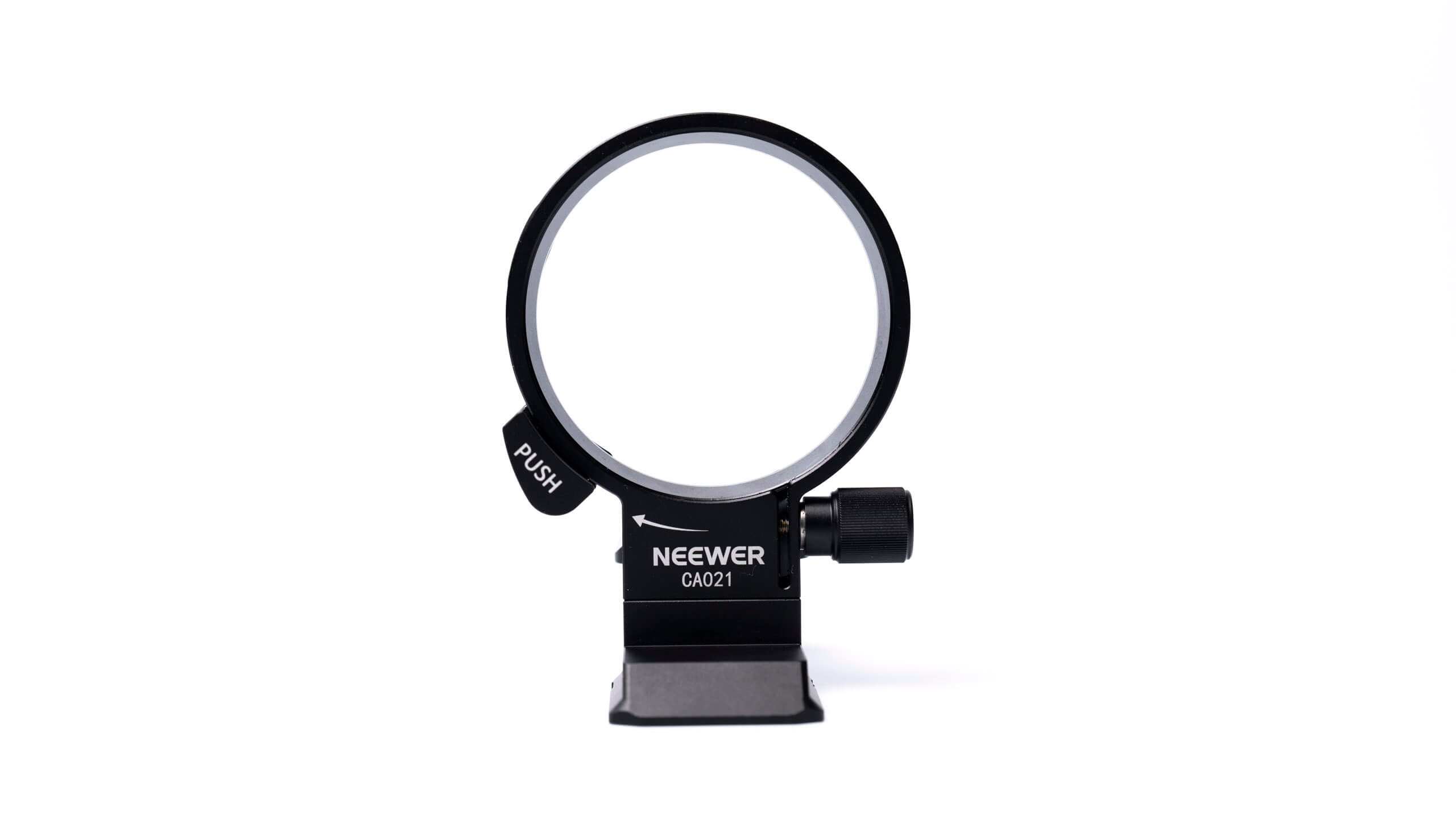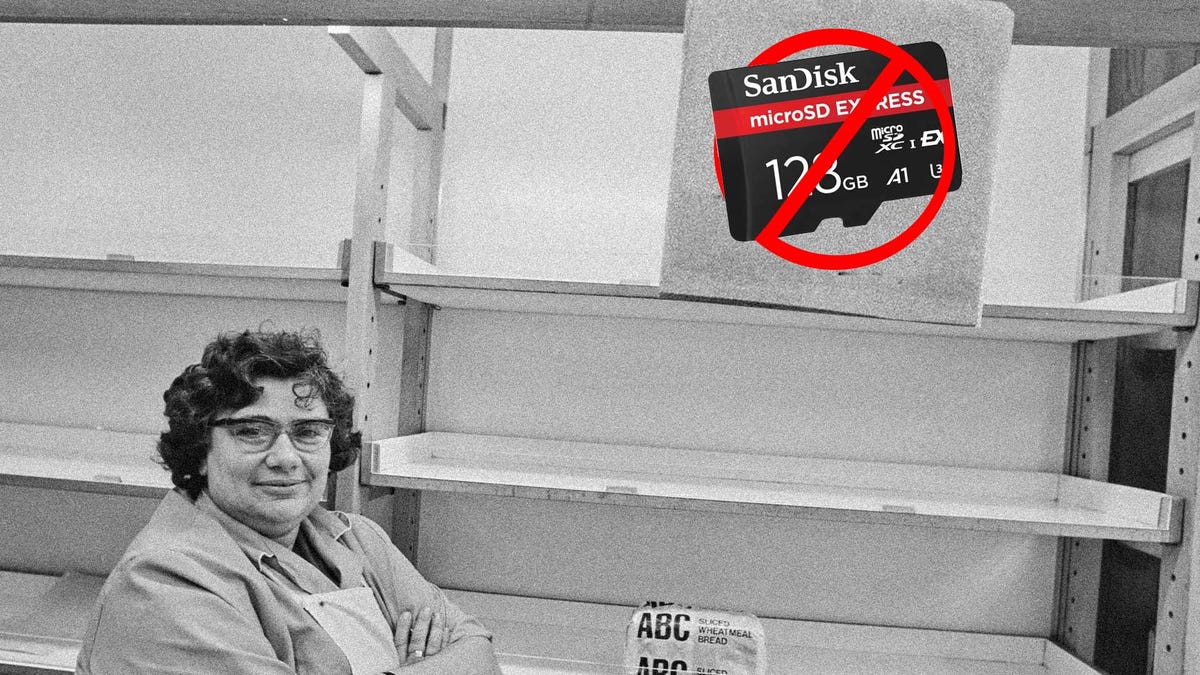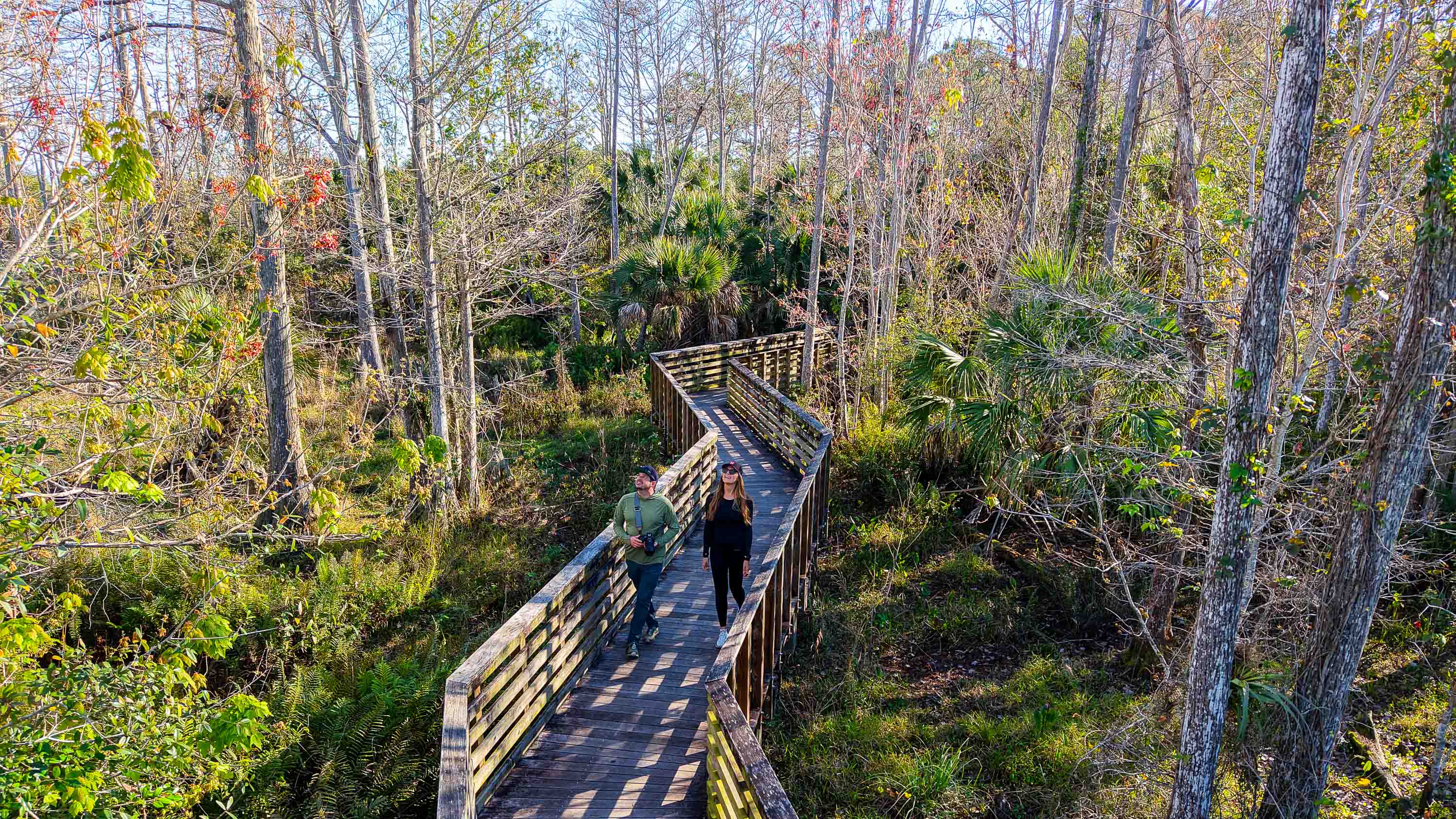Air Canada plans to add up to 15 new US destinations by 2028
Air Canada plans to add 10 to 15 new destinations in the U.S. over the next three years as it works to bring more American travelers through its hubs on their way to Europe and Asia. The Montreal-based Star Alliance carrier plans to serve 60 to 65 U.S. “stations” — or airports, such as New …

Air Canada plans to add 10 to 15 new destinations in the U.S. over the next three years as it works to bring more American travelers through its hubs on their way to Europe and Asia.
The Montreal-based Star Alliance carrier plans to serve 60 to 65 U.S. “stations” — or airports, such as New York’s John F. Kennedy International Airport (JFK) and LaGuardia Airport (LGA), both of which are considered separate stations — by 2028, Alexandre Lefèvre, Air Canada’s vice president of planning and scheduling, said at the Routes Americas conference in Nassau, Bahamas, on Tuesday.
Schedule data from aviation analytics firm Cirium shows that Air Canada will serve 50 U.S. destinations in the second quarter. The airline has unveiled one new U.S. destination to date this year: Jacksonville International Airport (JAX).
Bargain hunting: The best time to book flights for the cheapest airfare
“We need to offer more connectivity,” Lefèvre said. “We need to offer more dots on the map, [and] basically create more value.”
Air Canada’s planned U.S. expansion follows an established playbook. The airline focuses primarily on midsize American cities where connections over one of its three hubs — Montreal-Trudeau International Airport (YUL), Toronto Pearson Airport (YYZ) and Vancouver International Airport (YVR) in British Columbia — make sense for trips to Asia or Europe. These are known as “sixth-freedom” itineraries where travelers originate in one country, change planes in another country and arrive in a third country.
The growth of Air Canada’s sixth-freedom business from the U.S. enables it to grow in Europe and Asia as well. It will add Ninoy Aquino International Airport (MNL) in the Philippines, Naples International Airport (NAP) in Italy, Václav Havel Airport Prague (PRG) and Porto Airport (OPO) in Portugal to its map in 2025.
Fueling this growth is a robust airplane order book. Air Canada’s latest fleet plan from the end of October 2024 shows that the carrier has at least 83 aircraft, including 27 Airbus A220-300s, 30 Airbus A321XLRs and 18 Boeing 787-10s, on firm order, with deliveries scheduled through 2029.
The airline will use those new planes to grow its schedule by 5% to 6% annually over the next three to four years, Lefèvre said. Continuing delivery delays at both Airbus and Boeing could slow that growth.
Where Air Canada could deploy those planes in the U.S. is the question. Asked what type of destinations the airline is looking at, Lefèvre said, “Our big focus, and our big success over the past few years, have been in those unaligned markets where we’ve got a right to win.”
“Look at Hartford for example,” he continued. “Hartford is a market market where you can make a difference but not as much as if you want to serve Oklahoma City, for example. If you look at Oklahoma City and you look at the routing to go from [there] to Europe … and we’re exactly on the right path. Those are the markets we’re looking at.”
Air Canada has no immediate plans to serve Oklahoma City’s Will Rogers World Airport (OKC), Lefèvre added.
Salt Lake City, San Antonio and Louisville, Kentucky, are other types of destinations that fit Lefèvre’s description of potential future Air Canada markets.
Air Canada ended service to Hartford in October after more than two decades of serving the market, Cirium schedules show.
The airline’s growth in the U.S. will be part of its joint venture with United Airlines. The two carriers coordinate schedules and fares on transborder routes, and United helps sell Air Canada flights in the American market.
Air Canada and United also have a separate joint venture with the Lufthansa Group that covers transatlantic routes.
Even as Air Canada plans to add more breadth to its U.S. map, it’s the largest markets that still generate the most traffic for the airline.
“Most of our international connections are still big markets — San Francisco, LAX, Chicago and New York — all those cities, none of them have enough nonstops to serve the demand,” Lefèvre said.
Related reading:




































































































































































































































































